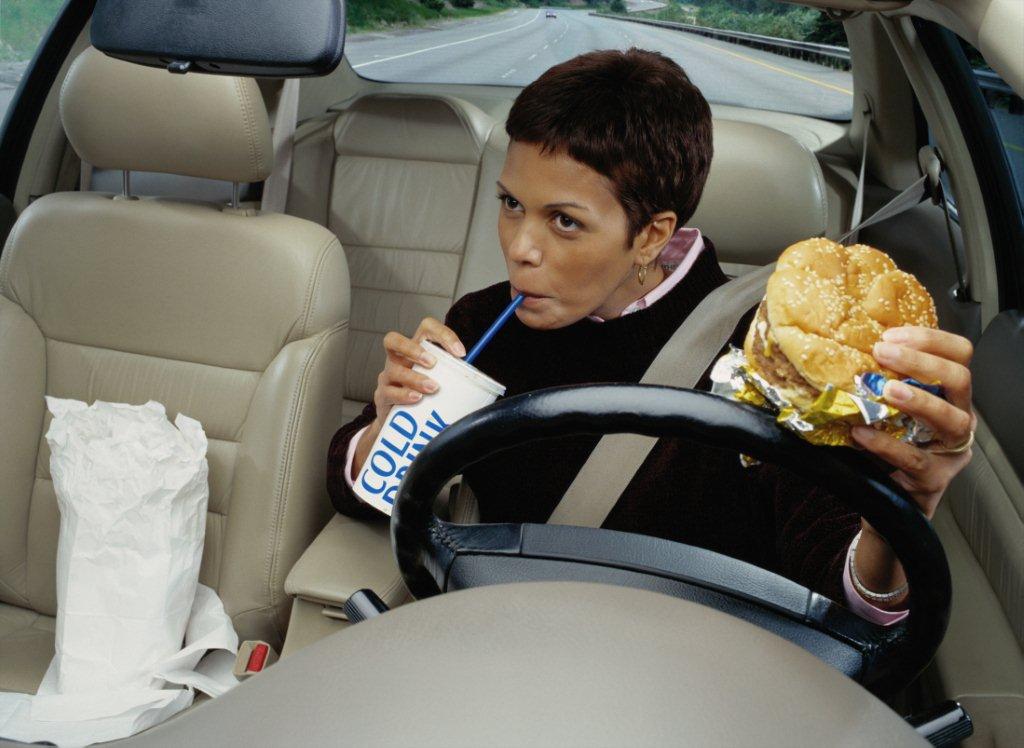When you hear “distracted driving,” texting while driving is generally the first thing that comes to mind. In today’s age of business and multitasking, however, distracted driving covers far more than the checking those texts behind the wheel.
There are three types of distracted driving:
Visual distraction
One of the most common types of distraction behind the wheel, visual distraction, is when drivers take their eyes off of the road. Whether it’s glancing at something alongside the road, checking the GPS screen for directions or turning around to see what the kids are arguing about in the back seat, visual distraction takes your focus off the road.
Manual distraction
This type of distraction involves taking your hands off of the wheel and often happens along with visual distraction—sending a text, eating, inputting an address into a GPS or changing the settings on an in-dash infotainment system.
Cognitive distraction
Although cognitive distraction in the form of daydreaming has been around since cars were invented, the uptick in crashes involving cognitive distractions can likely be traced to the increase in hands-free devices such as Bluetooth®, and text-to-type apps. These take your mind off the drive as you talk with someone other than a passenger in the car. This mental distraction is what happens when your mind is concentrating on the conversation, rather than concentrating on the vehicles ahead. Multi-tasking by trying to do two things at once is when accidents occur.
Dr. Daniel McGehee, director of the National Advanced Driving Simulator Laboratories, explains:
“Driver attention and attention in general is very much like a spotlight and that is that we shift that spotlight back and forth very quickly,” says McGehee. “Many of us think that we can multitask and do two things at the same time, but in reality we’re shifting our attention very quickly back and forth and that’s when we start to get errors is in between shifting the spotlight to our cell phone or to the infotainment system or to the radio to the roadway and back and forth; those are the areas where we have difficulty.”
Game plan: Be prepared
What can be done to fight the growing epidemic of distracted driving? Simply be prepared. Take care of any likely distractions before your trip: eat before or plan to eat after you arrive, locate directions on a GPS, adjust any in-dash infotainment settings and locate necessities like sunglasses to eliminate the need to take your hands off of the wheel. Once you’re ready, put your phone in the glove box or turn it off completely. Also, consider downloading an app that shuts your phone down automatically when it senses movement.
While distraction behind the wheel is not a new concept, with awareness and preparation, we can work to reduce those distractions and increase our chances of arriving at our destination safely.
For more statistics, information, marketing pieces and educational content regarding distracted driving, visit ufgworthit.com.





